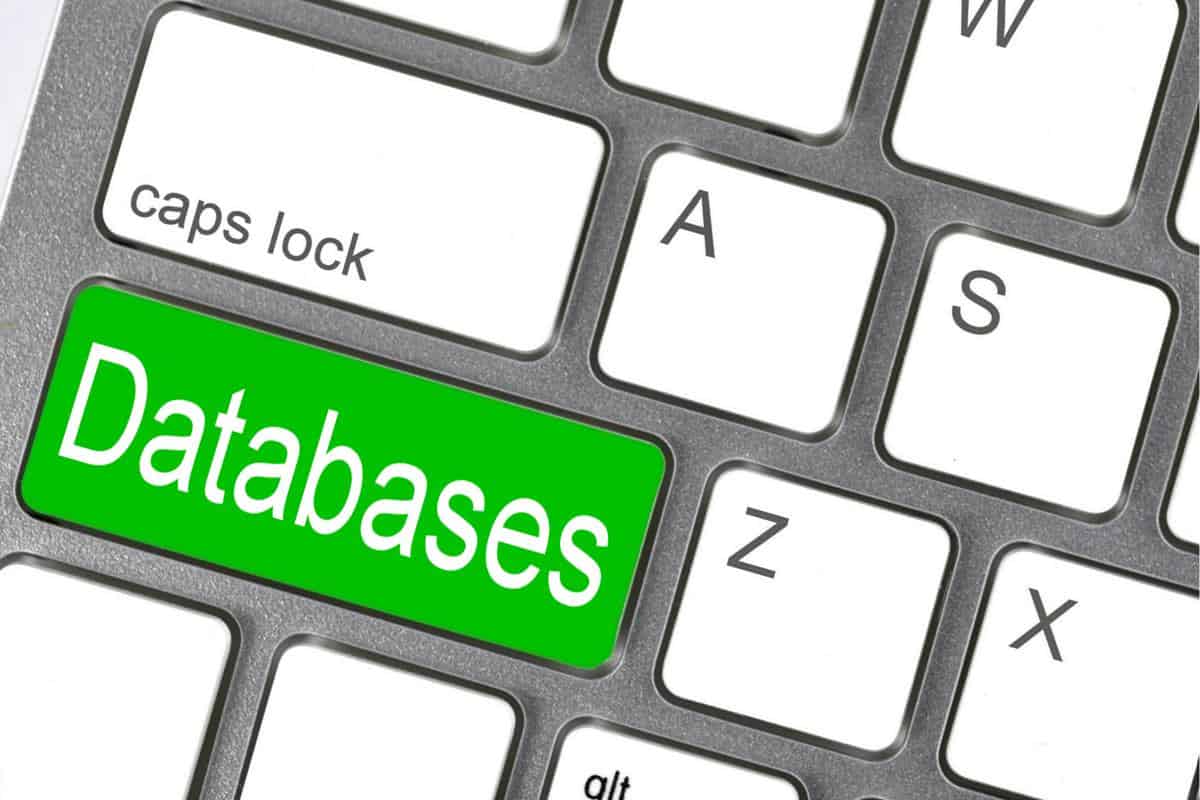Vector Databases for Geospatial Applications
Vector databases are very important for geospatial apps as they give freedom for storage, retrieval, and conspiration of data in an efficient manner. These vector databases are designed to handle the given data, representing features like polygons, lines, and points. The vector databases are used in different geospatial apps like GIS, navigation systems, location-based services, etc.
Before going deep into it, let us understand vector databases first.
What Are Vector Databases and Their Purpose?
Vector databases are databases that store vectors. Just to be clear, vectors are the mathematical representations of elements in space. Therefore, vector databases store and handle data using vector embedding when vector search transforms all data into embeddings. Vector databases are different from normal databases because they are designed to do two vital things-
- Perform analysis on huge amounts of data: Vector databases have a great ability to analyze big datasets. They use structures and algorithms that do well with vector embeddings.
- To search similar items: Vector databases can search for similar data accurately and quickly. They achieve this via vector embeddings. You can compare these embeddings using mathematical operations.
Vector databases are better at managing huge amounts of unstructured data than normal databases. Additionally, vector databases are widely adaptable and faster to adjust changes in the data we feed. Vector databases help businesses use the power of artificial intelligence at its best.
Vector Database Capabilities
Here are some capabilities of vector databases.
HD data
Normal databases find it difficult to handle HD data because of their dimensionality. On the other hand, vector databases are designed to handle HD data more effectively, making them perfect for apps like computer vision, natural language processing, genomics, etc.
AI and ML
Vector databases are used to store vector embeddings which are generated by ML models. These embeddings catch important features of provided data and can be used in different tasks like classification, anomaly detection, and clustering.
Similarity search
Vector databases are exceptional in performing similarity searches. In this way, you can retrieve vectors that are very similar to the given vector. This is important in different apps like facial recognition, information retrieval, and recommendation systems.
Personalization and User Profiling
Vector databases empower personalized experiences by enabling systems to grasp and predict user preferences. This functionality is vital in platforms like streaming services, social media networks, and online marketplaces.
Real-time Applications
Vector databases excel in optimizing queries for real-time or near-real-time performance, making them well-suited for applications demanding rapid responses. These include recommendation systems in e-commerce, fraud detection, and the monitoring of IoT sensor data.
Healthcare and Life Sciences
Within genomics and molecular biology, vector databases play a pivotal role in storing and analyzing genetic sequences, protein structures, and other molecular data. This contributes significantly to drug discovery, disease diagnosis, and personalized medicine.
Spatial and Geographic Data
Efficiently handling geographic data, including points, lines, and polygons, is a forte of vector databases. This capability proves essential in applications like geographical information systems (GIS), location-based services, and navigation systems.
Multilingual Search
Vector databases can be harnessed to create potent multilingual search engines by representing textual documents as vectors within a shared space. This facilitates cross-lingual similarity searches and enhances search capabilities across languages.
Graph Data
Efficiently representing and processing graph data is a strength of vector databases, a crucial element in applications like social network analysis, recommendation systems, and fraud detection.
Data Fusion and Integration
Vector databases possess the capacity to seamlessly integrate data from diverse sources and formats, facilitating comprehensive analysis and yielding valuable insights. This capability proves invaluable in scenarios where data originates from multiple modalities, such as combining text, images, and numerical data.
Vector databases for geospatial applications
Geometry Types
- Line: It represents a succession of connected dots that are used to represent features like rivers or roads.
- Point: It represents a geographic coordinate.
- Polygon: It represents a closed shape that is indicated by a sequence of connected dots or points, usually used to represent areas such as administrative boundaries or land parcels.
Data Model
Vector databases use data model-based geo objects like lines, points, and polygons. These objects are connected with attributes that give information about the geographic features they represent.
Topological Relationships
Vector databases can manage topological relationships between geographic features. For instance, they can find if 2 lines intersect, if a point is within a polygon, or if 2 polygons overlap.
Spatial Indexing
Vector databases engage spatial indexing techniques to speed up spatial queries. The most common spatial indexing includes Grid-based, Quadtree, and R-tree indexing. These structures help to identify that geographic features are admissible to a specific spatial query.
Query Language
Geospatial databases offer a query language that is specifically designed for spatial data. It allows you to perform spatial operations and retrieve information based on spatial criteria.
Open Geospatial Consortium Standards
Numerous vector databases stick to OGC standards like Simple Feature Specification and Web Feature Service, ensuring interoperability with other geospatial software and systems
Attribute Data
Along with geometry, vector databases store attribute data related to geographic features. This data includes text, multi-media content, and numerical values. This makes it possible to attach illustrative information to spatial features.
Geo-Processing Functions
A few vector databases come with built-in geo-processing functions that allow for spatial analysis and geoprocessing tasks like spatial joins, network analysis, and buffer operations.
Concurrency and Transactions
For multi-user apps, vector databases support transaction management and concurrency control to ensure data integrity and consistency.
Scalability
Scalability is very important in geospatial apps, as they usually involve huge datasets. Vector databases can handle the storage and retrieval of data efficiently as it grows.
Common vector databases used in geospatial applications include:
- PostGIS: An extension for the PostgreSQL database that adds support for geographic objects, spatial indexing, and spatial queries.
- Oracle Spatial: An extension for the Oracle database that provides geospatial capabilities for managing and analyzing geographic data.
- Microsoft SQL Server Spatial: Provides spatial data types and functions for SQL Server databases.
- GeoServer: An open-source server software that facilitates the sharing, processing, and editing of geospatial data over the web.
- MongoDB: A NoSQL database that can handle geospatial data using its geospatial indexing and querying features.
The choice of a vector database for a specific geospatial application depends on factors such as data volume, performance requirements, platform compatibility, and the specific spatial analysis needs of the application.





